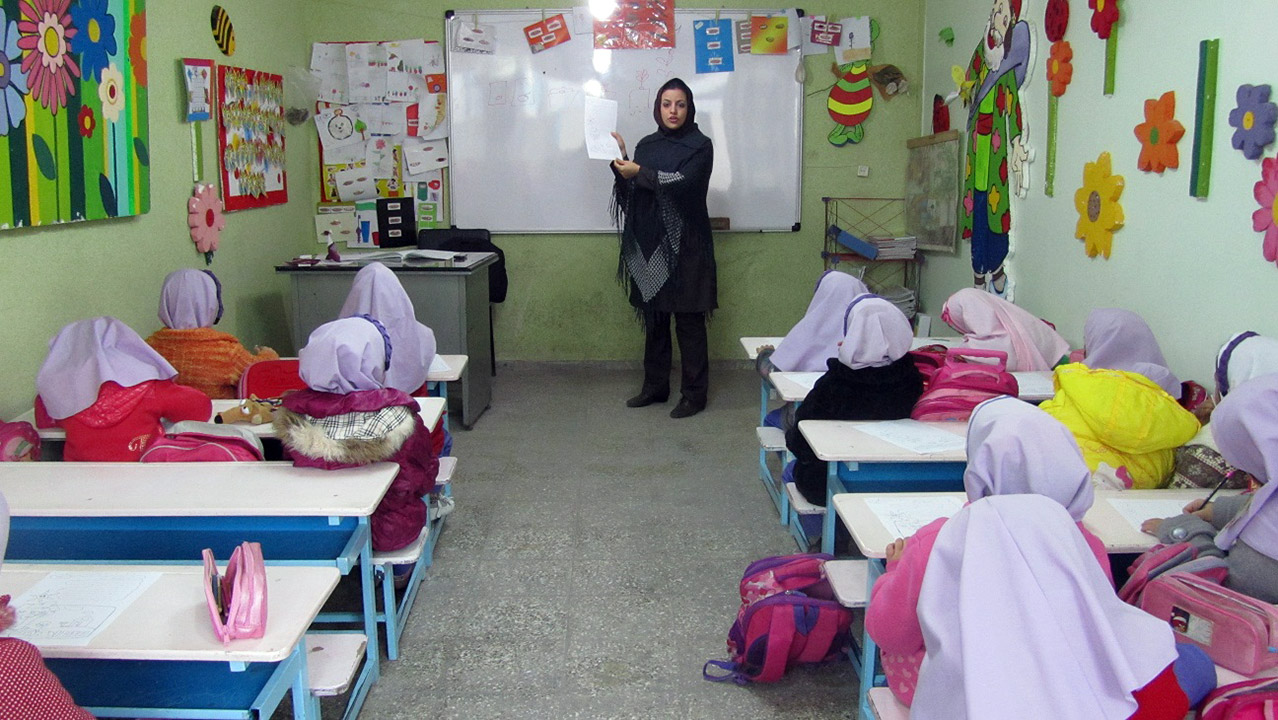While Farsi, the official language of Iran, is the most widely-spoken language in the country, there are however some regions in 14 provinces, where the people speak a different language such as Arabic, Kurdish, Baluchi and Turkish.
Therefore, to better prepare children from these linguistic groups for formal education, from the beginning of the next school year that starts in September, around 150,000 students in these regions will be provided a one-year preparatory program in both the mother-tongue as well as Farsi, free-of-charge, said Mohammad Dimehvar, the deputy minister for primary education.
In the budget for the current fiscal year that started in March, for the first time $14.5 million has been allocated for quantitative and qualitative development of preschool education. The funds will be used for several purposes including development of the one-year preparation courses for preschoolers in bilingual regions, he said.
The main goal of the program is to teach Persian language to non-Farsi speaking students. They will also learn skills in articulation, social bonding, and physical activities to prepare them for formal education in mainstream schools, khabaronline.ir reported.
Shouldn’t Be Left Behind
Last year, bilingual schools (Kurdish-Farsi) were launched in Kurdistan Province as a pilot plan. However, many schools in bilingual regions like the Arabic-speaking areas of Khuzestan Province lack this facility.
Consequently, non-Farsi speaking students are in need of preparatory courses before starting school, “otherwise they may start to doubt their abilities and be left behind,” Dimehvar said.
Besides free training to preschoolers in the bilingual regions, the funds will be spent also on provision of one-year preschool education in deprived areas ,that is areas marked with a deprivation index of over 8, (all administrative divisions have been ranked from 5 to 9 with 5 indicating the least and 9 the highest deprivation level).
“According to our estimates, 200,000 more children this year could be covered under the free preschool program.”
Preschools benefit children in language and cognitive skills and also boost their pre-math (learning to: count usually from 1 to 10 and the proper sequencing of numbers; determine which shapes are bigger or smaller; and count objects on a screen or book) and literacy skills. Pre-math skills are also tied into literacy skills to learn the correct pronunciations of numbers.
In the previous year, 720,000 students were covered by the one-year program, and the figure will be increased to 920,000 in the upcoming school year (a 21% increase). Last year, 57% of all children received preschool training before joining the first year of elementary school. This year, the figure is expected to increase to more than 70%. In 2013 the figure was 38%.”


